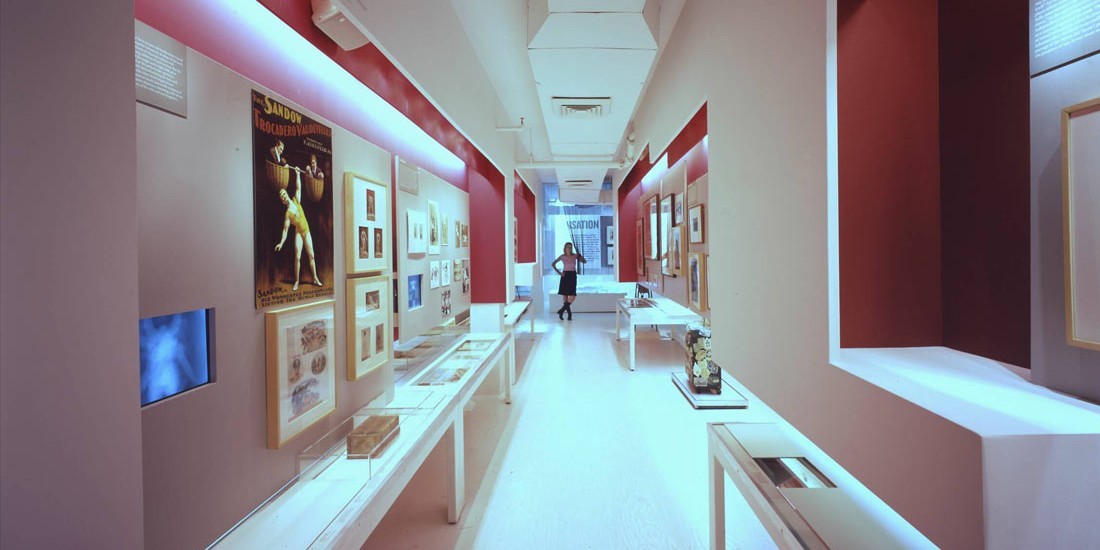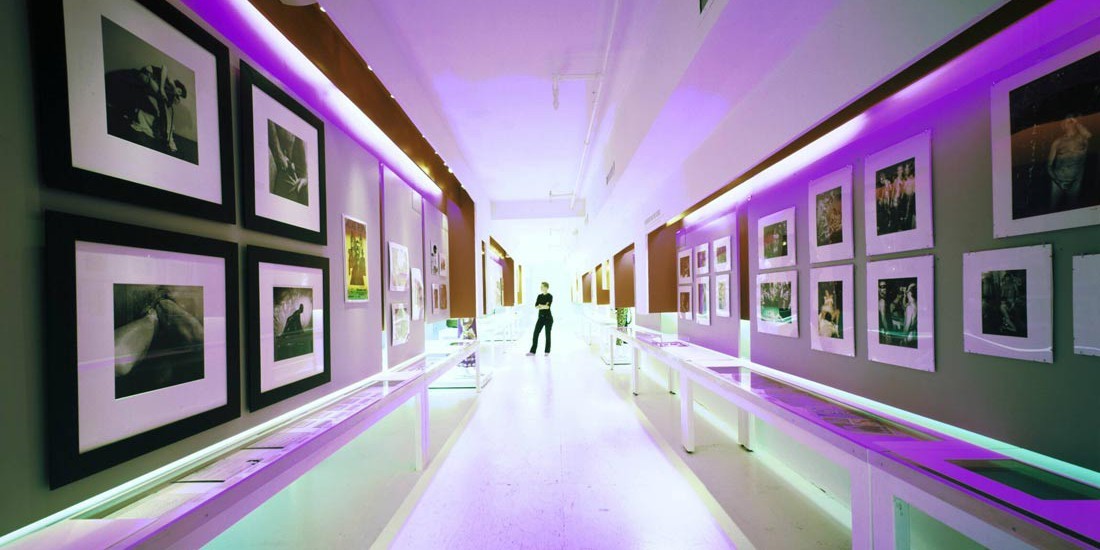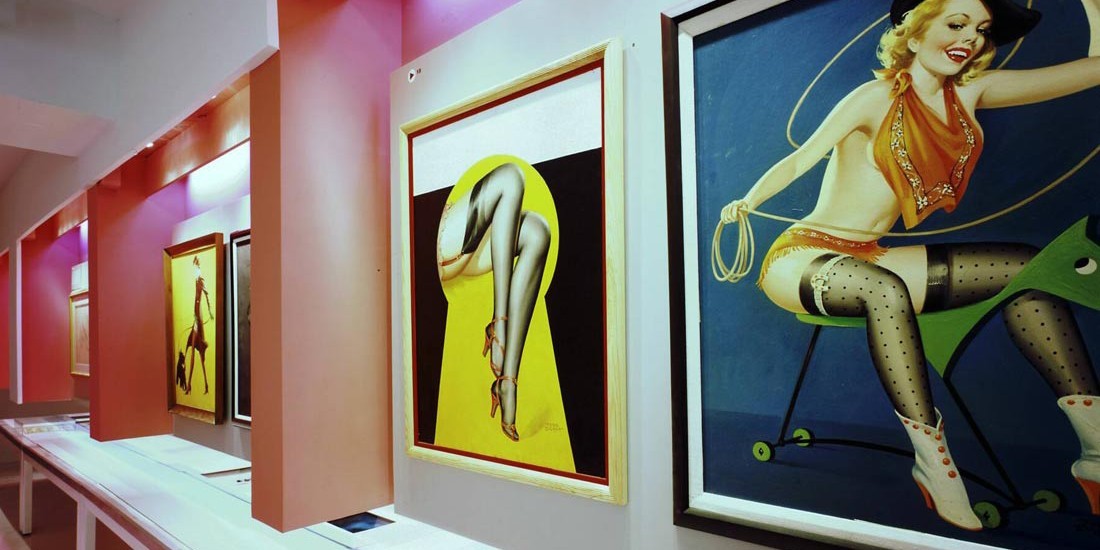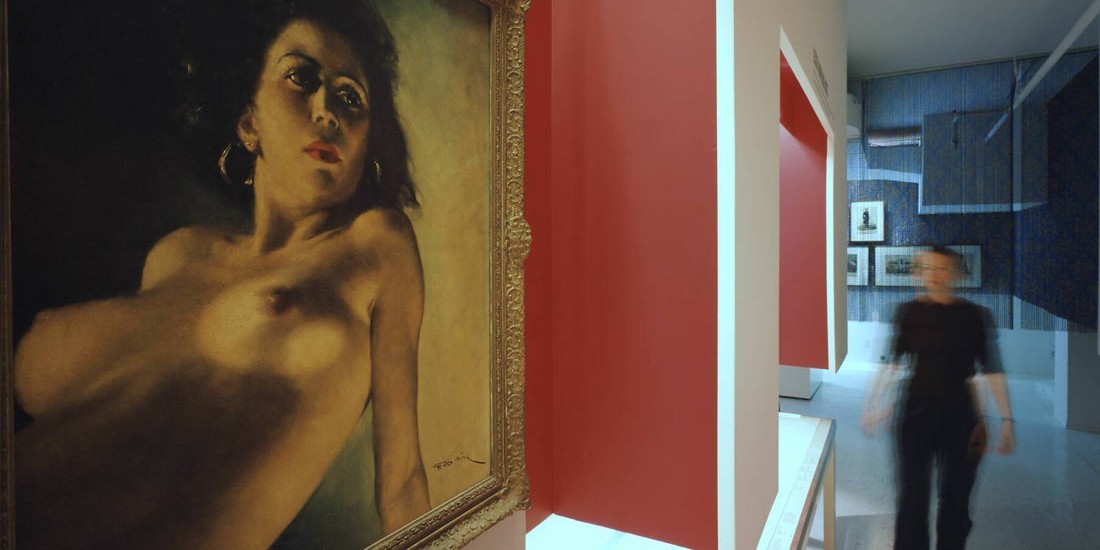NYC Sex: How New York City Transformed Sex in America




Robert Mapplethorpe dies of AIDS, and a retrospective including his photographs of Manhattan’s gay leather scene is cancelled, setting in motion the culture wars of the 1990s.
Sylvia “Ray” Rivera, a transvestite street hustler, is among the young people who resist a typical police raid on a gay dive in Greenwich Village on June 28, 1969, thus launching a watershed event that came to be known by the bar’s name: Stonewall.
A former GI from the Bronx goes to Denmark in 1950 and returns to New York two years later as a woman named Christine Jorgensen, garnering national headlines as the first celebrity transsexual.
After nearly three lukewarm decades in vaudeville, Brooklyn-born Mae West hits Broadway in 1926 with a persona derived from the styles of Greenwich Village gay men, Harlem dancers and Bowery prostitutes. Within six years, she is packing her bags for Hollywood.
Openly defying a federal law that regards such acts as obscene, Margaret Sanger goes to jail in 1917 for operating a clinic that dispensed information about birth control. She is well on her way to making birth control legal in America.
New York City was the locale for many of the most critical events in the history of sex and sexuality in America. And in the process of these events, many New Yorkers were thrust into the headlines—and into history—either by chance or design.
But New York’s role in transforming American attitudes about sex was just as much the result of everyday rebellions in the quieter lives of people anonymous to history, the neighbors in the apartment next door who lived under the subterfuge of lesbian “sisters” and gay “bachelors.”
NYC Sex: How New York City Transformed Sex in America investigates the sexual subcultures of the city’s past and present, and explores the means by which they have influenced the development of modern attitudes about sex and sexuality.
Delving into the histories of prostitution, burlesque, birth control, obscenity, fetish and more, the inaugural exhibition of The Museum of Sex, NYC Sex includes never-before exhibited selections from public and private collections, including materials once confiscated and classified as obscene. These primary sources of social history—such as letters, photographs, films and newspapers—reveal how it has been possible in New York, more than in any other American city, to form communities around sex and sexuality.
Gay men and lesbians were able to create supportive networks; heterosexuals found access to birth control—even when it was illegal to do so—and non-marital relations or divorce; romance across ethnic, religious or racial boundaries was more likely to occur; people with specialized sexual interests were able to find like-minded practitioners. This layering of sexual subcultures also made it possible to experiment outside one’s primary sexual identity.
Of course, there have been risks in pursuing such lives. New York has also been a bully pulpit for those opposed to ideas and practices deemed to be immoral or in violation of decency. The city’s reputation for tolerance vied with its occasional crackdowns on “vice” (the meaning of which changes with each generation) to create a climate that continuously tested the boundaries of what was considered permissible, and what was considered prosecutable.
As the first home of modern mass media, and the birthplace of American tabloid journalism, New York also has a long history of exposing sexual subcultures to the mainstream. Sensational murders, police raids and lurid sex scandals often brought public attention to sexual practices that have shocked or appalled New Yorkers, yet conversely, they have also led to a greater acceptance of diverse sexuality. Today, while New Yorkers are still titillated by scandals, they are also aware that “only in New York” is such diversity possible.
HISTORIAN ADVISORY BOARD
Dr. Elizabeth Blackmar
Professor of History, Columbia University
Dr. George Chauncey
Professor of History, University of Chicago
Dr. Patricia Cline Cohen
Professor of History, University of California at Santa Barbara
Dr. Martin Duberman
Distinguished Professor of History, City University of New York (CUNY)
Dr. Timothy J. Gilfoyle
Associate Professor of American History, Loyola University, Chicago
Ms. Joan Nestle
Co-founder, Lesbian Herstory Archives (1973)
Mr. Luc Sante
Visiting Professor of Writing and Photography, Bard College
Dr. Jan Seidler Ramirez
Vice President of the Museum, The New-York Historical Society
Dr. June M. Reinisch
Director Emeritus, The Kinsey Institute for Research in Sex, Gender and Reproduction
Dr. Michael Sappol
Curator-Historian, National Library of Medicine
Dr. Andrea Tone
Associate Professor of History, Georgia Institute of Technology
Dr. Mike Wallace
Director, Gotham Center and Professor of History, John Jay College, City University of New York
Dr. Suzanne Wasserman
Associate Director, The Gotham Center
Dr. Craig Steven Wilder
Professor of History, Dartmouth College